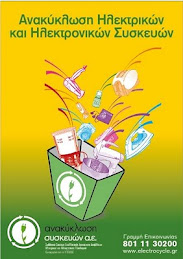
Editor's Note: This article is part of a special report on the Top 10 Emerging Technologies of 2016 produced by the World Economic Forum. The list, compiled by the Forum’s Meta-Council on Emerging Technologies, highlights technological advances its members, including Scientific American Editor in Chief Mariette DiChristina, believe have the power to improve lives, transform industries and safeguard the planet. It also provides an opportunity to debate any human, societal, economic or environmental risks and concerns that the technologies may pose prior to widespread adoption.
Solar and wind power capacity have been growing at double-digit rates, but the sun sets and the wind can be capricious. Although every year wind farms get larger and solar cells get more efficient, thanks to advances in materials such as perovskites, these renewable sources of energy still satisfy less than 5 percent of global electricity demand. In many places, renewables are relegated to niche roles because of the lack of an affordable, reliable technology to store the excess energy that they make when conditions are ideal and to release the power onto the grid as demand picks up. Better batteries could solve this problem, enabling emissions-free renewables to grow even faster—and making it easier to bring reliable electricity to the 1.2 billion people who currently live without it.
Within the past few years, new kinds of batteries have been demonstrated that deliver high enough capacity to serve whole factories, towns or even “mini-grids” connecting isolated rural communities. These batteries are based on sodium, aluminium or zinc. They avoid the heavy metals and caustic chemicals used in older lead-acid batteries, and they are more affordable, more scalable and safer than the lithium batteries currently used in advanced electronics and electric cars. The newer technology is much better suited to support transmission systems that rely heavily on solar or wind power.
Last October, for example, Fluidic Energy announced an agreement with the government of Indonesia to deploy 35 megawatts of solar panel capacity to 500 remote villages, electrifying the homes of 1.7 million people. The system will use Fluidic’s zinc-air batteries to store up to 250 megawatt-hours of energy in order to provide reliable electricity regardless of the weather. In April, the company inked a similar deal with the government of Madagascar to put 100 remote villages there on a solar-powered mini-grid backed by zinc-air batteries.
Read more: http://www.scientificamerican.com/article/next-generation-batteries-ramp-up-capacity/










Δεν υπάρχουν σχόλια:
Δημοσίευση σχολίου